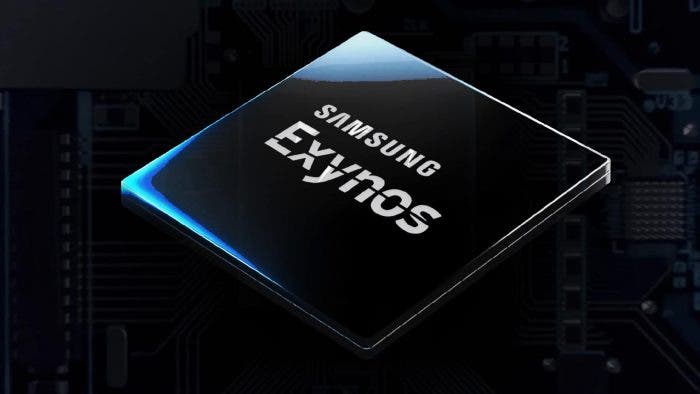Last summer, Samsung and AMD announced a strategic partnership for mobile graphics chips, in particular the use of RDNA architecture in Exynos chips. In early 2021, Samsung was telling us that the work is progressing and successful. AMD recently recalled the joint development of the two companies; and announced that the next generation flagship chip with RDNA 2 graphics will be announced later this year.
We expect that the new video accelerator will become part of the Exynos 2200 chip, which will form the basis of the flagships of the Galaxy S22 series. According to rumors, they will manufacture the new product using a 4-nanometer LPE process technology and in terms of its graphics performance will bypass the Snapdragon SM8450 chip with Adreno 730 graphics, which will be the successor to the Snapdagon 888 with the Adreno 660 graphics subsystem.
Whether this is true or not, we will find out later, but the first conclusions can already be drawn. The results of the Exynos 2200 benchmark in the GFXBench benchmark have is available, which look very optimistic. According to preliminary data, the new Samsung processor with AMD graphics bypasses the graphics performance of the Apple A14 Bionic. And if the chip offers the same power; then we can say that Samsung has finally managed to create a chipset with a decent graphics subsystem that rivals its competitors.

Intel strengthens contract staff with Samsung employees
New Intel CEO Patrick Gelsinger has set out to transform the corporation into a serious contract manufacturer of semiconductor components. To achieve this goal, the company itself is currently undergoing restructuring; and specialists with experience in Samsung and Micron will lead this direction.
Some resources have managed to gain access to the internal newsletter at Intel; which describes the large-scale transformation of the organizational structure of the corporation. Without going into details, the divisions responsible for the supply of components and their production were sunject to the merger, although previously they act somewhat independently. This transformation only underlines how important Intel considers the fight against the deficit of components that have paralyzed certain sectors of the economy.
It is only natural that the Intel Foundry Services business has been subjet of a re-organization; as part of the new IDM 2.0 strategy. IFS will be led by Randhir Thakur, who was previously responsible for supply chain coordination. He will take over as President of Intel Foundry Services, and Keyvan Esfarjani; who leads Intel’s operations, will take over the operational leadership.
Another new structure within Intel will have the Corporate Planning Group came; it will deal with the planning of production and supply; as well as the procurement of raw materials and necessary components. In addition; Intel veteran Stuart Pann will be the head with 33 years of experience, who left his home company in 2014, having worked at Bossa Nova and as the chief procurement manager of HP Inc.





